Indian mathematics has a rich and storied history that has profoundly influenced the development of mathematics worldwide. From ancient texts to groundbreaking discoveries, Indian mathematicians have made invaluable contributions that continue to impact modern mathematics. In this blog post, titled “Indian Mathematics: Great Mathematicians and Their Contributions,” we’ll explore some of the greatest Indian mathematicians and their remarkable achievements, delving into their lasting legacy in the field.
Aryabhata (476–550 CE)
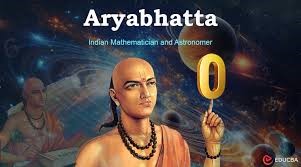
Aryabhata is one of the most renowned ancient Indian mathematicians and astronomers. His seminal work, the Aryabhatiya, written in 499 CE, laid the foundation for many mathematical concepts. Aryabhata’s contributions include:
Place Value System: Aryabhata introduced the place value system and the concept of zero, which are fundamental to modern mathematics.
Trigonometry: He developed trigonometric functions and used sine tables to solve astronomical problems.
Approximation of π (Pi): Aryabhata provided an approximation of π as 3.1416, which was remarkably accurate for his time.
Brahmagupta (598–668 CE)
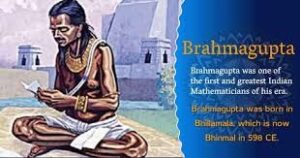
Brahmagupta was a mathematician and astronomer whose work was instrumental in the development of algebra and number theory. His major work, Brahmasphutasiddhanta (628 CE), included:
Rules for Zero: Brahmagupta formulated rules for arithmetic involving zero and negative numbers, laying the groundwork for modern algebra.
Quadratic Equations: He provided solutions for quadratic equations and discussed methods to solve them.
Geometry and Trigonometry: Brahmagupta also made significant contributions to geometry, including the formula for the area of a cyclic quadrilateral.
Bhaskara I (600–680 CE)
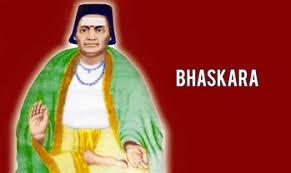
Bhaskara I was a prominent mathematician and astronomer who followed in Aryabhata’s footsteps. His notable contributions include:
Bhaskara I’s Astronomical Works: He wrote detailed commentaries on Aryabhata’s work and expanded on trigonometric concepts.
Sine Function: Bhaskara I provided an approximation for the sine function and developed a more accurate sine table.
Bhaskara II (1114–1185 CE)
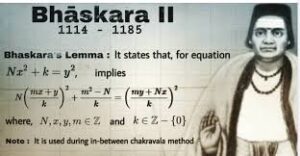
Bhaskara II, also known as Bhaskaracharya, was one of the most influential Indian mathematicians. His work, Siddhanta Shiromani, is divided into four sections: Lilavati, Bijaganita, Grahaganita, and Karanakutuhala. Key contributions include:
Advanced Algebra: Bhaskara II advanced the field of algebra with his comprehensive study of polynomial equations and methods to find solutions.
Calculus Concepts: He developed early concepts of differential calculus, particularly in the context of solving problems related to motion.
Mathematical Astronomy: His work in mathematical astronomy included solutions for eclipses and planetary motions.
Madhava of Sangamagrama (circa 1350–1425 CE)
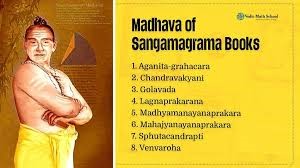
Madhava of Sangamagrama was a key figure in the Kerala School of Astronomy and Mathematics. His major contributions include:
Series Expansions: Madhava developed the concepts of infinite series and provided early results for the expansion of trigonometric functions like sine, cosine, and arctangent.
Madhava-Leibniz Series: He is known for the Madhava-Leibniz series for π, which was later rediscovered by Western mathematicians.
Nilakantha Somayaji (1444–1544 CE)
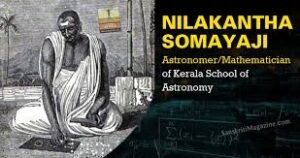
Nilakantha Somayaji further developed the work of the Kerala School and made significant advancements in trigonometry. His contributions include:
Nilakantha Series: He improved upon Madhava’s series expansions, offering more accurate approximations for trigonometric functions.
Astronomy: Nilakantha’s work included detailed astronomical tables and methods for predicting planetary positions.
Srinivasa Ramanujan (1887–1920 CE)
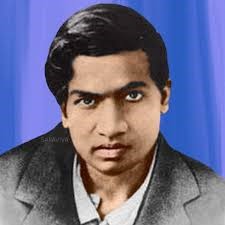
Srinivasa Ramanujan is one of the most celebrated mathematicians of the 20th century. His work, although primarily done in isolation, made profound impacts on various fields. Key aspects of his work include:
Number Theory: Ramanujan made significant contributions to number theory, including his work on partition functions and highly composite numbers.
Ramanujan-Hardy Theory: His collaboration with G.H. Hardy resulted in groundbreaking results in mathematical analysis.
Mathematical Results: He produced results on elliptic functions, continued fractions, and infinite series that are still studied today.
C. R. Rao (born 1920)
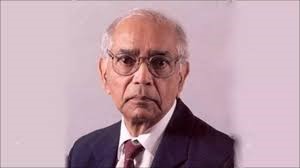
C. R. Rao is a contemporary mathematician who has made substantial contributions to the field of statistics and probability. Notable achievements include:
Multivariate Analysis: Rao’s work in multivariate analysis and statistical inference has had a lasting impact on both theoretical and applied statistics.
Rao-Blackwell Theorem: His development of the Rao-Blackwell theorem is a cornerstone in statistical estimation theory.
Conclusion
Indian mathematics has a profound legacy that has shaped the field of mathematics throughout history. From the pioneering work of Aryabhata and Brahmagupta to the modern achievements of Ramanujan and C. R. Rao, Indian mathematicians have made invaluable contributions to our understanding of mathematics. Their discoveries and theories continue to influence various mathematical fields and inspire future generations.
By exploring the remarkable achievements of these great mathematicians, we gain a deeper appreciation for the rich history and ongoing advancements in mathematics. Their work not only highlights the historical significance of Indian contributions but also underscores the global impact of mathematical research and innovation.

